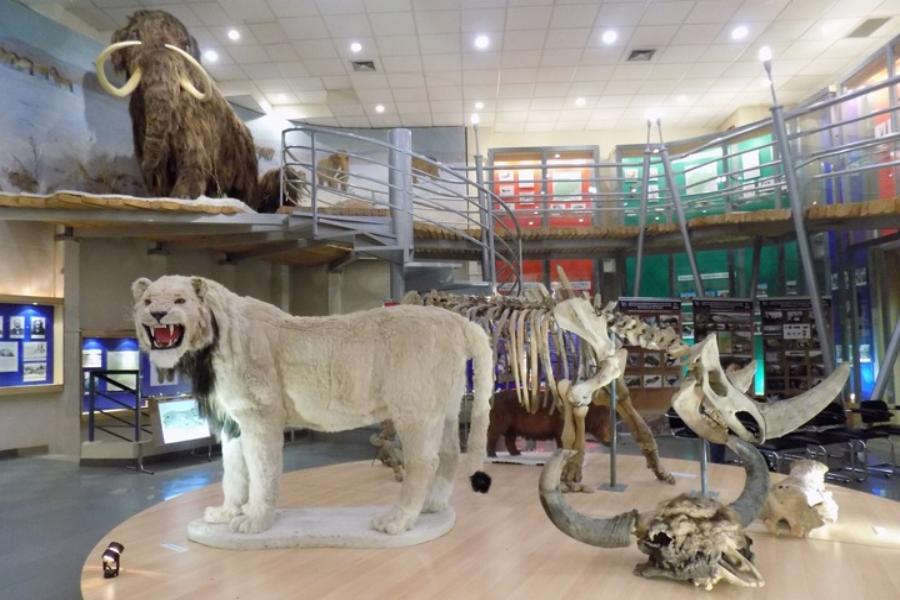
photo: from the museum's archive
- 10 December 2019
- 757
National Geographic: NEFU Mammoth Museum expands the boundaries of perception
“National Geographic” magazine of the National Geographic Society of the United States has compiled a list of 30 specific museums that expand the boundaries of perception. The Mammoth Museum named after Petr Lazarev of North-Eastern Federal University ranks second in the ranking.
According to National Geographic journalist Ekaterina Sekina, people used to go to museums for knowledge, now for the impressions. “The Mammoth Museum is one of the few museums that has halls only with prehistoric animals, and at the same time, an acting scientific center. Most of the local expositions were discovered by expeditions conducted with the participation of the museum - 75% of all mammoth burials are located in Yakutia. The museum has unique paleontological materials of world significance - skulls, tusks, mummies and skeletons,” writes Ekaterina Sekina.
According to the candidate of biological sciences, the head of the laboratory-museum Semyon Grigoriev, the osteological collection of the museum has more than 3,000 units. “Employees are engaged in research work, carry out international and national research projects on unique discoveries, organize field work on the location of the mammoth fauna. All important discoveries of mammoth fauna of Yakutia have been excavated and studied in 20 years,” said Semyon Grigoriev.
Among the discoveries of recent years, the full corpse of a two-weeks-old foal, which lived 42 thousand years ago during the Karginsky Interglacial period, is the best-preserved 40,000-years-old animal discovery of the ice age in the entire history of research, said Semyon Grigoriev. The foal was discovered in July 2018 in the Batagayka thermokarst basin in permafrost layers. “Despite the considerable geological age, there is no damage to the foal’s body, all internal organs, partly the hair and even blood in the liquid state, have been preserved,” noted the head of the laboratory-museum.
In the same region, a skeleton of an adult mammoth with the remains of skin and wool was excavated in the Yana River at the Yunyugen Creek in 2018 by the Russian-Japanese field team of RIAEN and Kindai University. The size of this mammoth is one of the largest for the Siberian mammoths and similar discoveries of these fossil proboscidean, especially with soft tissues, even for Yakutia are unique.
Last year, the mandible (lower jaw) of an adult cave lion was discovered for the first time worldwide in the Indigirka River in the Abiysky region, with a fragment of the skin with hair, which shows what color was the cave lions’ hair. Two full carcasses of arctic lemmings, tundra rodents, which also lived with mammoths at the same time, were found there. There is a foot collection of the Pleistocene hoofed mammals: a bison, a reindeer, a wild horse with skin and hair coat.
Mikhail Kalashnikov Museum of Small Arms (Izhevsk, Udmurtia) ranks first in the National Geographic list. The museum exposition tells the history of Russian weapons - from a bow to an assault rifle. The guides offer to look at the weapons industry in the context of world technical culture, where outstanding gunsmiths rank among the greatest inventors.


 English
English Russian
Russian Chinese
Chinese